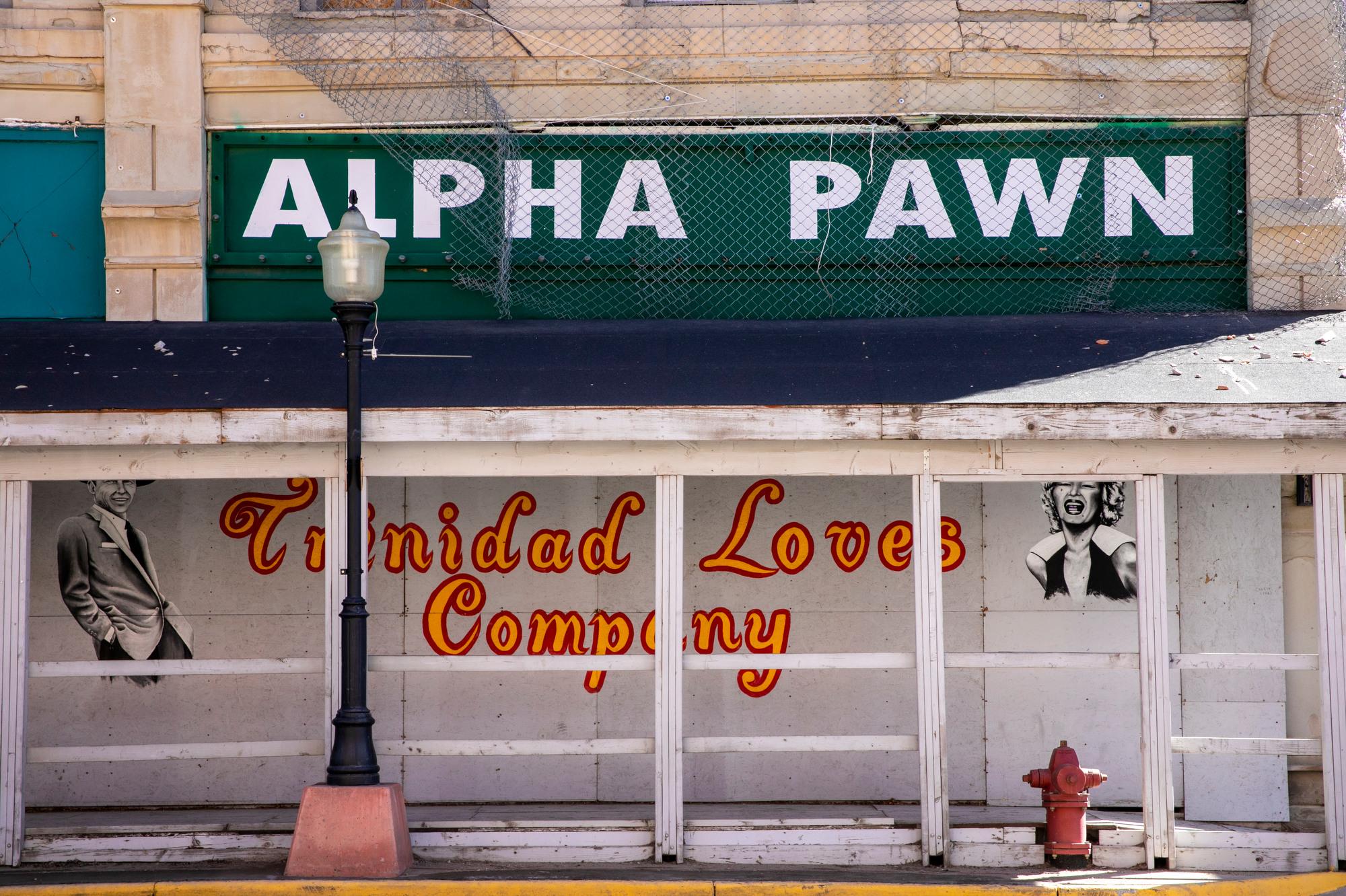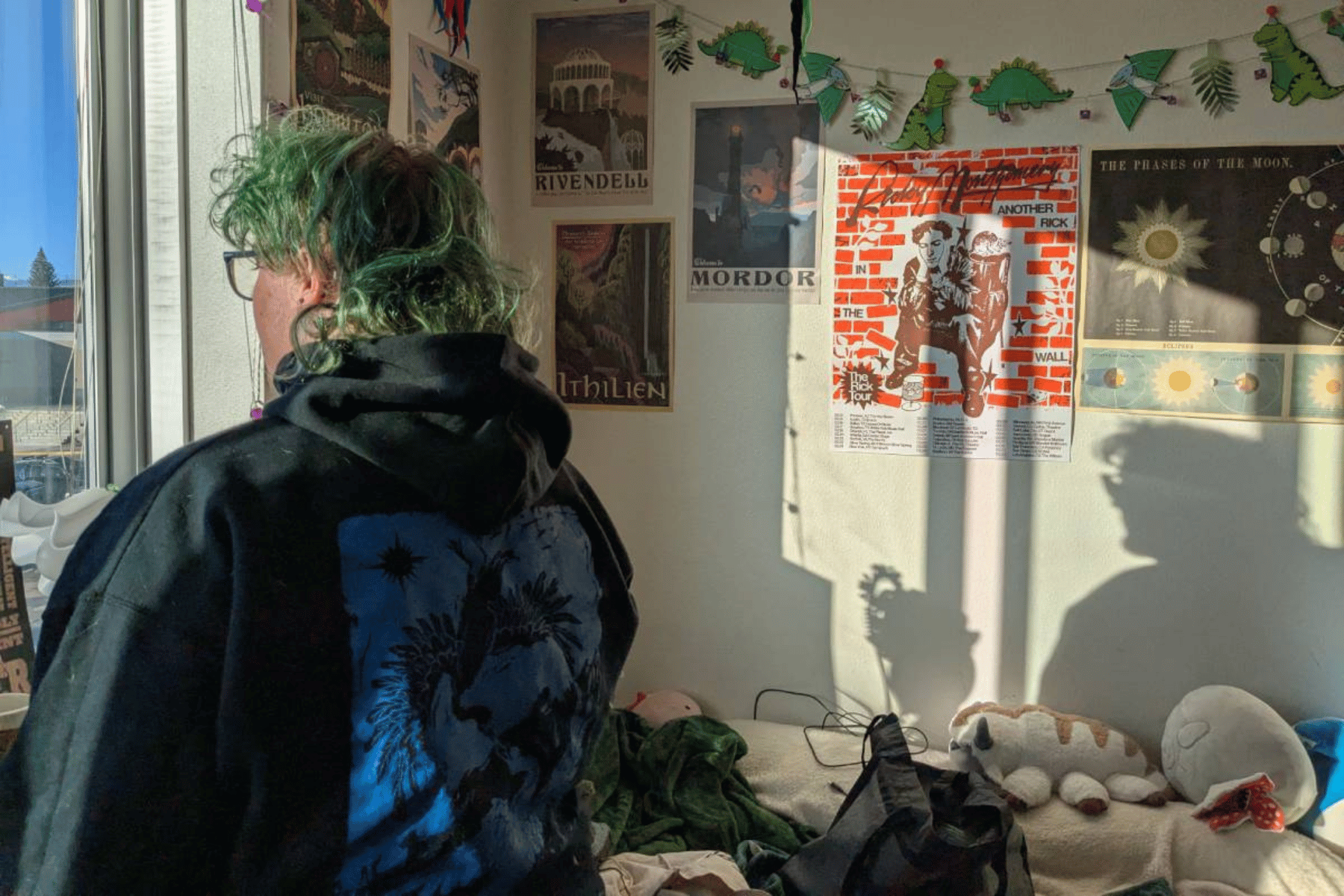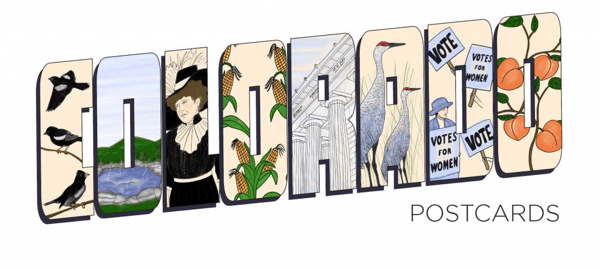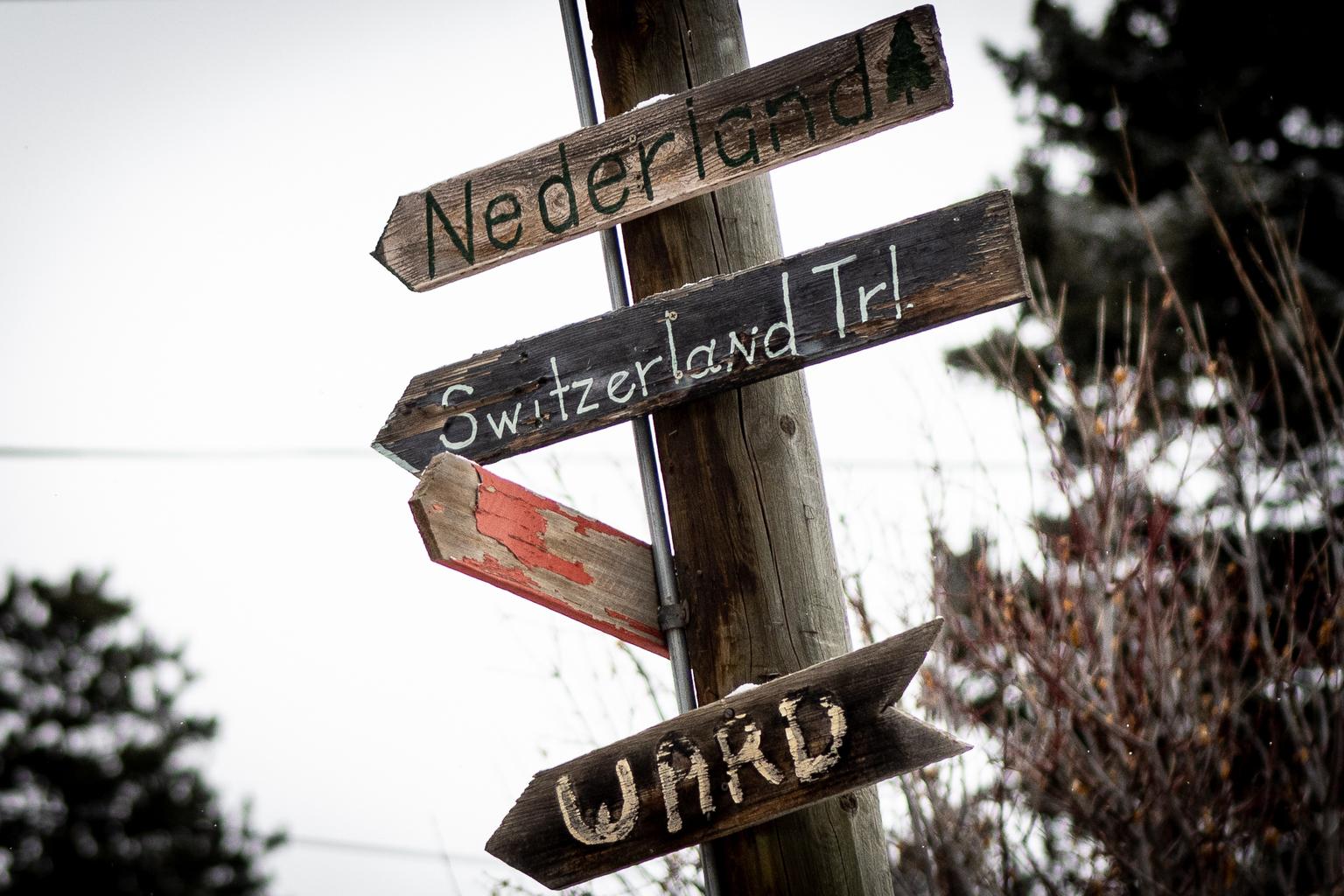
If you go along Switzerland Trail in Boulder County today, you’ll see hikers and bikers. Along the trail, are beautiful creeks where you could see some people fishing in them.
The trail is very popular for recreational use. But it had much more significance between the late 1800s and early 1900s. Instead of sounds of footsteps and bicycle wheels grinding along the dirt trails, the sound of steam engine trains was heard as it traveled along the tracks.
A reader wrote to CPR News’ Colorado Wonders series and wondered: What’s the history of the Switzerland Trail?
The Switzerland Trail was the site of a 3-foot narrow gauge railroad that was 30 miles long and, when it was in service, wound between 7,000 and over 9,000 feet in elevation. It was a major form of transportation for people and supplies in Colorado’s Mineral Belt. It served prominent mines such as Blue Bird Mine and Caribou Mine near the town of Caribou, the site of Colorado’s first silver rush.
The Original Line
Before the rail line was built, six miners discovered placer gold near what would become the town of Gold Hill — 12 miles northwest of Boulder in January 1859.
Patrick O’Rourke is the vice president and preservation chair of Historic Boulder. He moved to Boulder five years ago and built his house on the Switzerland Trail. The train line was built to cut the cost of transporting ore which was transported by wagon at the time.
“The theory is that when it had a railroad to do it, it was $1 a ton. So the economics people thought if there was a huge amount of gold up in the mountains within a very few years, it would pay for itself to bring the railroads up there,” O’Rourke said.
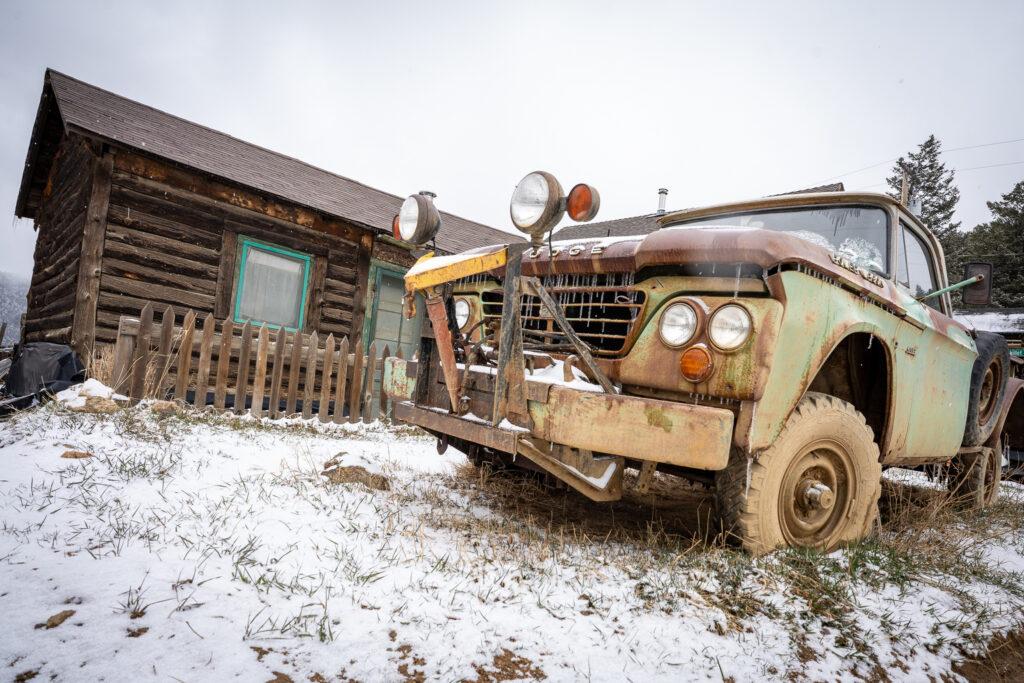
He said at one point the town of Boulder had five railroads running through the city.
“So all the railroads started and ended here. There were several depots that were there,” O’Rouke said. “You could commute from Denver to Boulder 16 times a day, and it only took you 50 minutes to get here on the railroad.”
The original line was built by the Greeley, Salt Lake and Pacific Railroad in 1881. It was completed in 1883. The Boulder News & Courier announced on April 6, 1883, that the first passenger train made its first run from 12th Street in Boulder to Pennsylvania Gulch west of the city.
The GSL&P continued expanding the track until the Spring of 1894 when many of the tracks were destroyed by a torrential flood caused by snow in the canyons, warm weather and spring rain. This caused the company to go bankrupt, and they didn’t rebuild the tracks.
Track rebuilt
The Colorado & Northwestern Railway Company secured the line’s rights and rebuilt the rail line over the same route on higher ground along Four Mile Creek in 1897. The new line reached communities like Eldora and Sunset.
O’Rouke said it took at least four years to build up to Sunset.
“At one time there used to be hotels here,” O’Rouke said. “It used to have a turnaround for the railroad. I think it actually, you'd pull into it and it would turn the engine and go back the other direction. And then this is the fork in the road.”
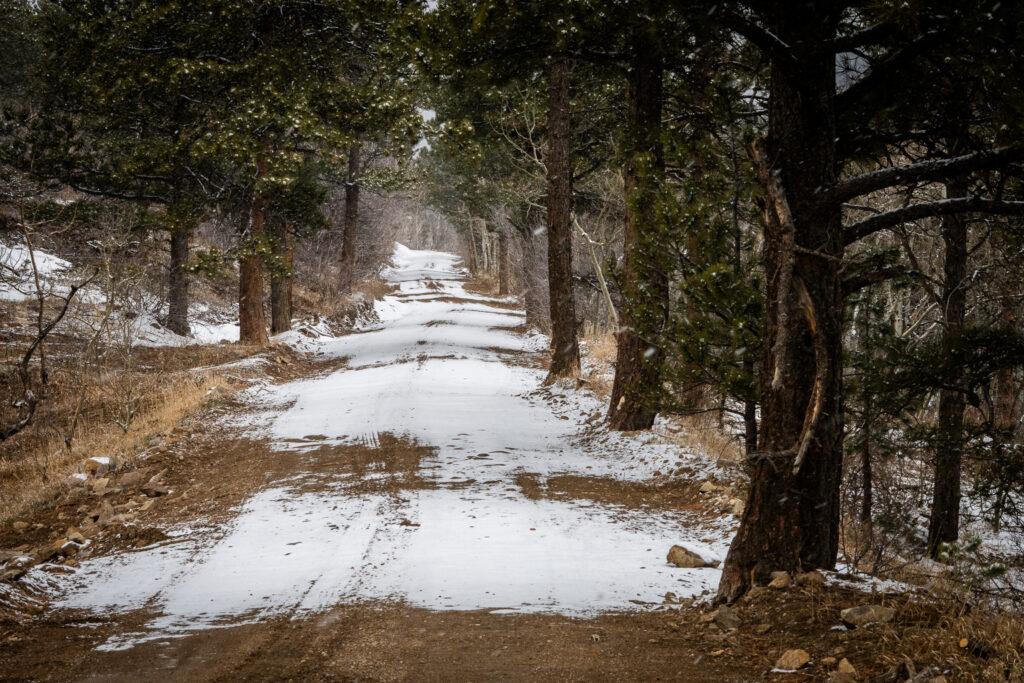
One of the towns served along the new line was Wall Street. Like its New York counterpart, the federal office was built at the intersection of Switzerland Rail and Fourmile Canyon to assess the minerals.
New York capitalist Charles W. Caryl established the Wall Street Townsite Company, the Nancy Gold Mining and Milling company, and the Wall Street Tunnel Company. His companies were also responsible for expanding a local boarding house and creating the Wall Street Hotel.
The prospect of the Wall Street Gold Extraction Company played a role in extending the line. A new process in mining was introduced that also brought excitement to the line. A mill was also built on Wall Street.
O’Rourke explains the process at the site of the former mill.
“There's 10 levels to it. And so what it does is you bring the ore to the top, They’d bring the ore in by wagon, and then they crush it. They divide it. They did what they call retort it and add silver and all this material to it to where it would come down to the bottom. And then the bottom area is where they'd have the processing.”
The new process was proved inefficient. The mill failed and was sold at a bankruptcy sale as a result in 1907. The assay office is the only remaining structure standing in the old Wall Street area. The building was purchased by James Bailey in 1909. It was later converted into a residence.
The failure of the Wall Streel mill and the Panic of 1907 forced C&NW to sell the railroad in 1909 to the United States Trust Company of New York. It soon began operating as the Denver, Boulder, and Western Railroad.
The name Switzerland Trail of America origin
Many believe C&NW was responsible for naming the line the Switzerland Trail of America. The area had no connection to the country. The only similarities are the scenic views that passengers saw as they traveled through the mountains.
The comparison to Switzerland can be found in Forest Crossen’s book “Switzerland Trail of America.”
“One need not to go to Switzerland to Italy or to Spain for a sublime mountain scenery, with such a magnificent array of Nature’s wonderful beauties as you have here displayed within easy distance of your city,” Colonel William Jones, the representative of R.G.Dun’s interest in the Caribou Mine, is quoted as saying in the book.
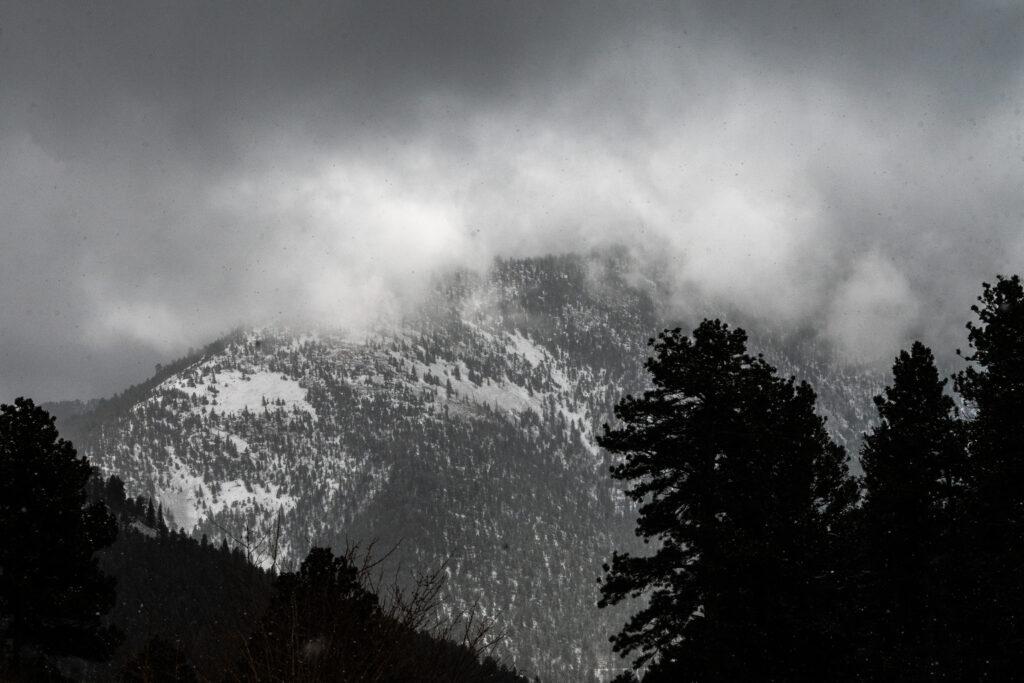
“The economics people thought if there was a huge amount of gold up in the mountains within a very few years, it would pay for itself to bring the railroads up there. The railroads never paid for (themselves),” O’Rourke explained. “So it wasn't until it was running for many, many years until all of a sudden people decided that it was really a great place to get out of the city at one time.”
The railroad company attempted to capitalize on the scenic route by advertising excursion points. It even issued a 32-page illustrated booklet on the Switzerland Trail of America.
The introduction of Stanley Steamers, an early automobile, in 1897 eventually brought competition to the railroad. The first steamed cars went into service between Boulder and Nederland in 1911. Despite their popularity, excursions by railroad continued to be popular.
The railroad still served as an important mode of transportation for processed ore, including tungsten. But by the end of World War I, mining of the mineral had stopped — demand for it had fallen sharply. In May of that year, the DW&W would permanently discontinue service of the railroad. In July floods washed down the creek effectively ending the Switzerland Trail of America.
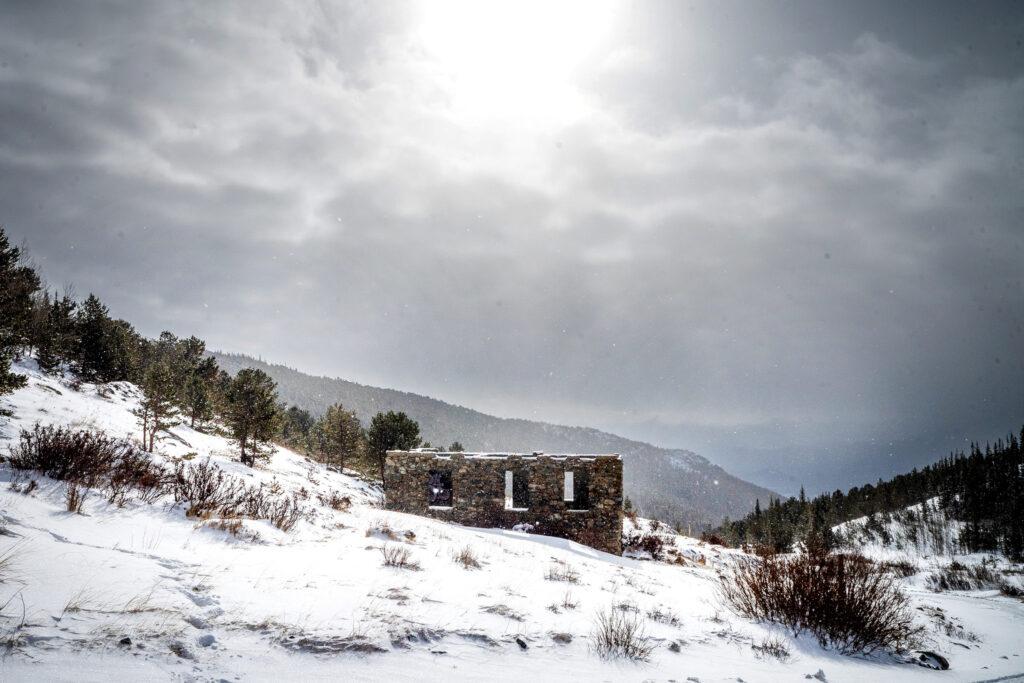
Today
Switzerland Trail is listed on the National Register of Historic Places as the Denver, Boulder and Western Railway District. It is part of the U.S. Forest Service’s Arapaho & Roosevelt National Forests and Pawnee Grassland.
Boulder County helps maintain the trails throughout the year. Its Boulder Canyon Trail sees over 63,000 visitors a year. The out-and-back trail portion is 5.5 miles and remains popular for hiking, mountain biking, and off-road driving.

